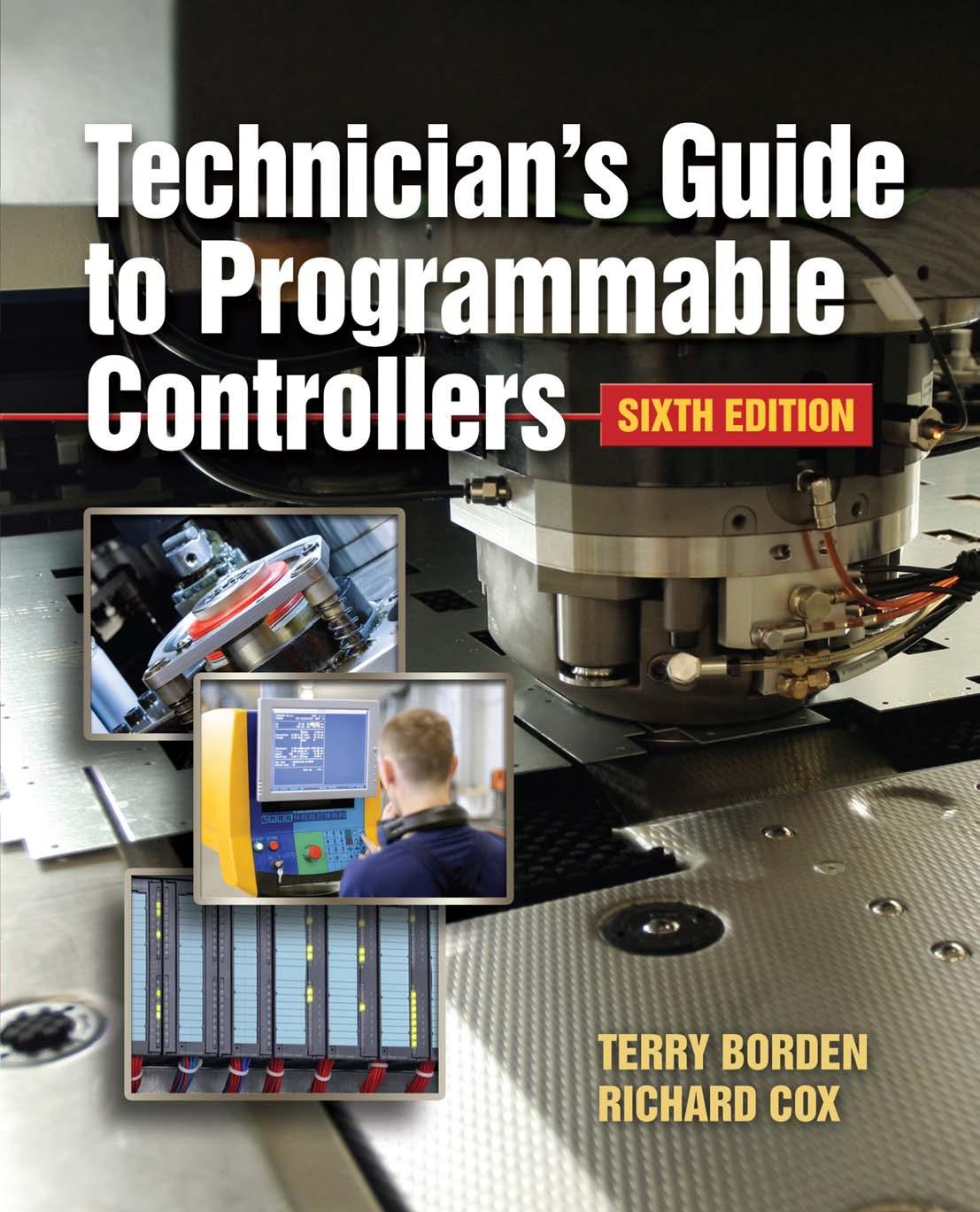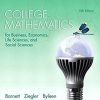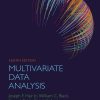Technician’s Guide to Programmable Controllers 6th Edition by Terry Borden, Richard Cox ISBN 1133277624 9781133277620
$70.00 Original price was: $70.00.$35.00Current price is: $35.00.
Instant download Technician’s Guide to Programmable Controllers 6th Edition after payment
Technician’s Guide to Programmable Controllers 6th Edition by Terry Borden, Richard Cox – Ebook PDF Instant Download/Delivery:1133277624 9781133277620
Full download Technician’s Guide to Programmable Controllers 6th Edition after payment

Product details:
ISBN 10: 1133277624
ISBN 13: 9781133277620
Author: Terry Borden, Richard Cox
Practical and up-to-date, TECHNICIAN’S GUIDE TO PROGRAMMABLE CONTROLLERS, 6th Edition provides readers with the most comprehensive introduction to PLCs available on the market today. Theory, hardware, instructions, programming, installation, startup, and troubleshooting are discussed in detail in a way that is easy to understand and apply. In addition, supplementary programming examples utilizing the PLC instructions in the book give readers a better understanding of the various instructions and how they can be combined to create simple yet effective control logic solutions for today’s world.
Table of contents:
Chapter 1. What Is a Programmable Logic Controller (PLC)?
Chapter Summary
Review Questions
Chapter 2. Understanding the Input/Output (I/O) Section
I/O Section
Fixed I/O
Modular I/O
Discrete I/O Modules
Discrete Input Module
AC Discrete Input Module
DC Discrete Input Module
Fast-Responding DC Input Modules
Discrete Output Modules
AC Output Module
Output Fuses
Status Lights
Module Keying
DC Output Modules
Sourcing and Sinking
Contact Output Modules
Interposing Relay
Reed Relay Output Module
Transistor-Transistor Logic (TTL) I/O Modules
Analog I/O Modules
Safety Circuit
Rack Installation
Electrical Noise (Surge Suppression)
Grounding
I/O Shielding
Chapter Summary
Review Questions
Chapter 3. Processor Unit
The Processor
Memory Types
PROM
UVPROM–EPROM
EEPROM
FLASH
Memory Size
Guarding against Electrostatic Discharge (ESD)
Memory Structure
Programming Devices
Hand-Held Programmers
Computer Programmers
Chapter Summary
Review Questions
Chapter 4. Memory Organization
Memory Words and Word Locations
SLC 500 and MicroLogix Addressing Scheme
Memory Organization
Storage Memory
User Memory
Allen-Bradley PLC-5 File Structure
SLC 500 and MicroLogix File Structure
Logix Memory
Data Types
Arrays
Tags
Tasks
Programs
Routines
Chapter Summary
Review Questions
Chapter 5. Numbering Systems
Decimal System
Binary System
2s Complement
Octal System
Hexadecimal System
BCD System
Using Numbering Systems
Chapter Summary
Review Questions
Chapter 6. Understanding and Using Ladder Diagrams
Wiring Diagrams
Ladder Diagrams
Ladder Diagram Rules
Basic STOP/START Circuit
Sequenced Motor Starting
Digital Logic Gates
Chapter Summary
Review Questions
Chapter 7. Relay Type Instructions
Programming Contacts
Examine On
Examine Off
Clarifying Examine On and Examine Off
Chapter Summary
Review Questions
Chapter 8. Programming a PLC
Programming with a Computer
Programming with the Logix5000 Software
Chapter Summary
Review Questions
Chapter 9. Programming Considerations
Network Limitations
Programming Restrictions
Program Scanning
Programming STOP Buttons
Logical Holding Instructions
Discrete Holding Contacts
Overload Contacts
Chapter Summary
Review Questions
Chapter 10. Program Control Instructions
Master Control Relay Instructions
Allen-Bradley Logix5000, SLC 500, and MicroLogix MCR Instruction
Latching Relay Instructions
Safety Circuit
Jump and Label Instructions
Jump to Subroutine, Subroutine, and Return Instructions
Temporary End Instruction
Always False Instruction
One-Shot Instruction
Chapter Summary
Review Questions
Chapter 11. Programming Timers
Pneumatic Timers (General)
Allen-Bradley PLC-5, SLC 500, and MicroLogix Timers
Allen-Bradley Logix5000 Timers
Cascading Timers
Chapter Summary
Review Questions
Chapter 12. Programming Counters
Allen-Bradley PLC-5, SLC 500, and MicroLogix Counters
Combining Timers and Counters
Allen-Bradley Logix5000 Counters
Chapter Summary
Review Questions
Chapter 13. Data Manipulation
Data Transfer
Allen-Bradley PLC-5, SLC 500, and MicroLogix Data Transfer Instructions
Data Compare
Allen-Bradley PLC-5, SLC 500, and MicroLogix Data Compare Instructions
Low Limit
Test Value
High Limit
Allen-Bradley Logix5000 Data Manipulation
Chapter Summary
Review Questions
Chapter 14. Math Functions
Using Math Functions
Allen-Bradley PLC-5, SLC 500, and MicroLogix Math Instructions
Combining Math Functions
Allen-Bradley Logix5000 Basic Math Functions
Chapter Summary
Review Questions
Chapter 15. Word and File Moves
Words
Synchronous Shift Register
Allen-Bradley PLC-5, SLC 500, and MicroLogix Bit Shift Instructions
File Moves
Word-to-File Instruction
File-to-Word Instruction
File-to-File Instruction
Allen-Bradley PLC-5, SLC 500, and MicroLogix File Copy Instruction
Asynchronous Shift Register (FIFO)
Allen-Bradley PLC-5, SLC 500, and MicroLogix FIFO Instruction
Last-In First-Out (LIFO) Instructions
Allen-Bradley Logix5000 File (Array) Instructions
Chapter Summary
Review Questions
Chapter 16. Sequencers
Masks
Allen-Bradley PLC-5, SLC-500, and MicroLogix 1000 Sequencer Instruction
Allen-Bradley Logix5000 Sequencers
Chapter Summary
Review Questions
Chapter 17. Process Control Signals, Scaling, and PID Instructions
Process Control Signals and Scaling
Allen-Bradley SLC 500 Scale (SCL) Instruction
Allen-Bradley SLC 500 Scale with Parameters (SCP) Instruction
Allen-Bradley SLC 500 PID Instruction
PID Tuning Parameters
PID Input Parameters
PID Output Parameters
PID Status & Control Flags
PID Program Example
PID Loop Tuning
Loop Tuning Techniques
Chapter Summary
Review Questions
Chapter 18. Function Block Diagram and Structured Text Programming
Function Block Diagram Programming
Structured Text Programming
Assignments
Expressions
Instructions
Constructs
IF…THEN
CASE…OF
FOR…DO
WHILE…DO
REPEAT…UNTIL
Comments
Structured Text Example Program
Chapter Summary
Review Questions
Chapter 19. Sequential Function Chart Programming
Creating Steps
Creating Steps
Creating Transitions
SFC Programming Example
Chapter Summary
Review Questions
Chapter 20. Understanding Communication Networks
History
Networking Principles
Network Categories
Network Configurations
Network Media
Twisted-Pair Cable
Coaxial Cable
Fiber Optic Cable
Reducing Electromagnetic Interference
Network Addressing
Network Access Methods (Access Protocols)
Network Protocols
Network Messages
Network Communication Instructions
Industrial Communication Networks
I/O and Device Networks
Control Networks
Information Networks
Industrial Protocols
DeviceNet
Foundation Fieldbus
Profibus
Modbus Plus
Data Highway Plus
ControlNet
Ethernet
Chapter Summary
Review Questions
Chapter 21. Start-Up and Troubleshooting
Start Up
Testing Inputs
Testing Outputs
Final System Checkout
Troubleshooting
Chapter Summary
Review Questions
Chapter 22. PLC Programming Examples
Example 1 Push ON/Push OFF Circuit
Example 2 12 Second Pilot Light Flasher Circuit
Example 3 Motor Starter Fault-Monitoring Logic
Example 4 Three-Wire Motor Control Logic with Fault Monitoring, Pilot Light, and Flasher Circuit
Example 5 Time-Based Events
Example 6 Analog Signal Filter Algorithm
Example 7 Parts Conveyor Tracking Logic
Tracking Example One
Tracking Example Two
Chapter Summary
People also search for:
technicians guide to programmable controllers
technician’s guide to programmable controllers pdf
technicians guide to programmable controllers 6th edition pdf free download
technician’s guide to programmable controllers 6th edition pdf
Tags:
Terry Borden,Richard Cox,Technician’s Guide,Programmable Controllers


